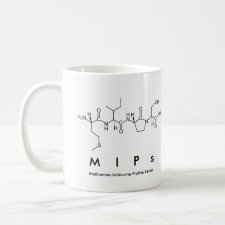
Authors: Pan JM, Zou XH, Yan YS, Wang X, Guan W, Han JA, Wu XY
Article Title: An ion-imprinted polymer based on palygorskite as a sacrificial support for selective removal of strontium(II).
Publication date: 2010
Journal: Applied Clay Science
Volume: 50
Issue: (2)
Page numbers: 260-265.
DOI: 10.1016/j.clay.2010.08.007
Alternative URL: http://www.sciencedirect.com/science/article/B6V8Y-50RVNDM-1/2/99682df6d3f597c77d7dfc5377fc4de7
Abstract: Surface ion-imprinting technique combined with a sacrificial-support process was established to synthesize Sr(II) ion imprinted polymer (S-IIP) palygorskite which acted as the sacrificial support. FT-IR, TEM, nitrogen gas adsorption and laser particle size measurements were employed for the characterization of S-IIP and non-imprinted polymer (NIP). Factors for the adsorption of Sr(II) ions were investigated. Under the optimum condition, adsorption and selective recognition of Sr(II) ions followed the order S-IIP > NIP. The adsorption equilibrium data were fitted by the Langmuir isotherm model and the monolayer adsorption capacity of S-IIP was 45.0 mg g-1 at 298 K, 53.5 mg g-1 at 308 K and 58.5 mg g-1 at 318 K. Adsorption was described by the pseudo-second-order kinetics, and the thermodynamic parameters also indicated that the adsorption process was spontaneous but endothermic. S-IIP was a promising adsorbent for the selective removal of traces of Sr(II) ions. It could be reused four times with only about 5% loss for adsorption and 17% loss for desorption
Template and target information: Strontium ion, Sr(II)
Author keywords: Palygorskite, Sacrificial-support material, Surface ion-imprinted, adsorption, selective recognition, Strontium(II)



Join the Society for Molecular Imprinting

New items RSS feed
Sign-up for e-mail updates:
Choose between receiving an occasional newsletter or more frequent e-mail alerts.
Click here to go to the sign-up page.
Is your name elemental or peptidic? Enter your name and find out by clicking either of the buttons below!
Other products you may like:
 MIPdatabase
MIPdatabase









